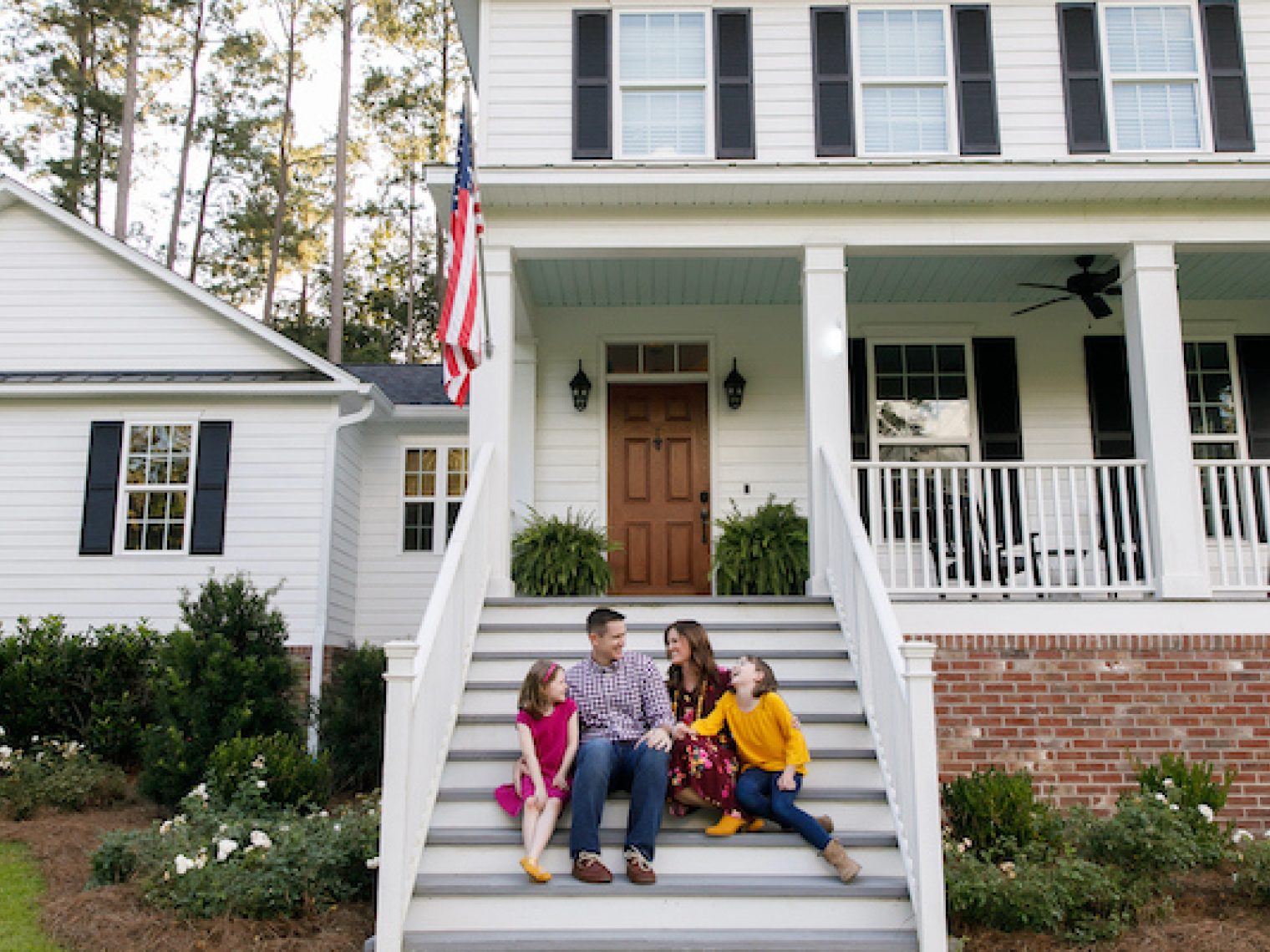Contract? Signed.
Movers? Hired.
Appraisal value? $20,000 low. Uh-oh.
Buying a home isn’t as simple as signing a purchase contract and packing a few boxes. All parties to the transaction must be fully on board with the purchase.
And a VA lender will refuse to step on-board if a property’s value falls short of the loan amount. Should the VA appraisal value fall below the desired loan amount, buyers must either make up the difference in cash, renegotiate the purchase price or walk away from the purchase.
So how does the VA appraiser calculate the value of your desired property? It all boils down to four key steps.
Step 1: Gathering Information
The first step for a VA appraiser is to gather pertinent property information. Some of this information is gathered from the contract or public records, but much of the data comes from the appraiser’s visit to the property. The appraisal report lists details such as:
- Days on market
- Contract price
- Any seller concessions
- Neighborhood characteristics
- Utility details
- Needed repairs
- Condition of the property
The report is supplemented with photos, a location map, and a floor plan layout. And while those are important details, the most critical component of the appraisal is the one that can easily derail a VA purchase:
The comparable sales analysis.
Step 2: Selecting Comps
The VA utilizes the “sales comparison approach” to value. In layman’s terms, that means the VA appraisal value is determined by the final sales prices of similar homes.
To arrive at this value, VA appraisers must select comparable sales. These are recently completed sales that are similar to the subject property in:
- Market area: Appraisers should compare homes with similar physical, economic, locational and legal aspects.
- Style: Appraisers should try to avoid comparing a 4-story home with a bungalow.
- Age: Comps should include homes from a similar period.
- Square footage or size: A home of a similar size is a better comp than a much larger or smaller one.
- Other features: Appraisers try to compare homes with similar features like basements, porches or decks.
Comparable sales need to be recent sales. The VA recommends comp sales to be no more than 12 months old, and ideally less than six months old.
Comps should also be close to the subject property. Proximity recommendations vary by location and population density. The St. Paul Regional VA Loan Center, for example, prefers comps to be located within one mile of the subject property.
Step 3: Making Adjustments
The VA appraiser makes adjustments to the subject property’s value based on both the sales prices and characteristics of the comps. If the subject property has something the comp does not, a positive adjustment is made to the comp for that item. The reverse is also true: If the comp has something the subject property is lacking, a negative adjustment is made to the comp for that item.
Adjustments are frequently made for the following sale characteristics:
- Size of the home
- Number of bedrooms/bathrooms
- Quality of construction and/or condition of the property
- Availability of garages, porches, patios, decks or other unique home features
- Seller concessions
- Heating/cooling systems and/or energy efficient items
Step 4: Assigning the Value
For VA loan guaranty purposes, the ‘reasonable value’ of a property is that figure which represents the amount a reputable and qualified appraiser, unaffected by personal interest, bias or prejudice, would recommend to a prospective purchaser as a proper price or cost in the light of prevailing conditions.
After adding and subtracting value to the comps, the appraiser uses expert valuation knowledge to arrive at a final “indicated value by sales comparison approach,” or VA appraisal value.
It’s a “make or break” figure for a VA purchaser. A VA loan can’t be issued for more than the home’s appraisal value, so a low appraisal value can often send a purchase into a tailspin.
But keep in mind that although frustrating at times, the VA appraisal is a process built to protect veterans, their collateral, and the VA loan program.
Still, it’s life. Mistakes happen (even to VA appraisers). Should you feel a VA appraisal value is erroneous, you have options, such as engaging the Tidewater appraisal process for a Reconsideration of Value (ROV).
Related Posts
-
 VA Loan Down Payment RequirementsVA loans have no down payment requirements as long as the Veteran has full entitlement, but only 3-in-10 Veterans know they can buy a home loan with zero down payment. Here’s what Veterans need to know about VA loan down payment requirements.
VA Loan Down Payment RequirementsVA loans have no down payment requirements as long as the Veteran has full entitlement, but only 3-in-10 Veterans know they can buy a home loan with zero down payment. Here’s what Veterans need to know about VA loan down payment requirements. -
 5 Most Common VA Loan Myths BustedVA loan myths confuse and deter many VA loan borrowers. Here we debunk 5 of the most common VA loan myths so that you can borrow with confidence.
5 Most Common VA Loan Myths BustedVA loan myths confuse and deter many VA loan borrowers. Here we debunk 5 of the most common VA loan myths so that you can borrow with confidence.


